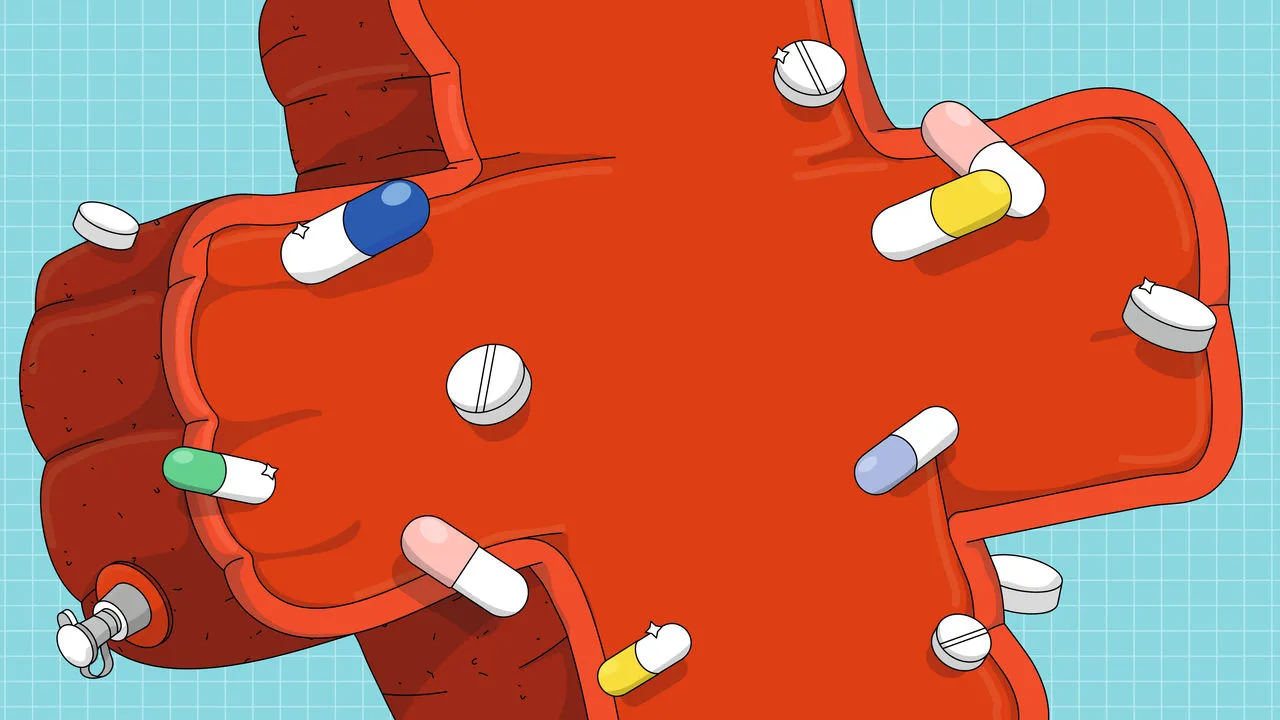The past six months have been a whirlwind for dentistry. Clinics closed abruptly in March and slowly rebounded during the early summer. Dental professionals have always prioritized patient health and safety, and that became especially clear throughout the pandemic. As we continue facing COVID and rethink the new normal, here are five key factors that will affect recovery for the dental industry.
Industry alignment
The dental industry has experienced fragmentation and misalignment for a long time. This has served no one. The pandemic is a wakeup call for industry alignment on issues from practice structure to dental insurance. We must work together to empower clinicians to provide safe, quality oral health care to all patients.
Dentists across the country have already begun to work together to educate the public about oral health, with many dental practices using #DentalSAFETY and #DentalHEROES on social media to show how dentistry is safe during the pandemic. This has never been truer than when the World Health Organization (WHO) initially suggested that non-emergent or “routine” dental care be delayed.
Even though the WHO restated its recommendation and emphasized that delaying oral care is only suggested in areas with intense uncontrolled transmission, patients remain confused and concerned about whether receiving dental care is safe. Industrywide unity in calling out the WHO’s misleading advisory sends a clear message to patients about the importance and safety of visiting the dentist.
On the flip side, dental professionals are frustrated with insurance companies that are not doing enough to support improved patient health outcomes and are changing financing models to increase their profits during the pandemic. We are seeing that now, as dental payers in New York and Maryland are not covering the unforeseen, increased use of personal protective equipment (PPE) that is now required of dental professionals.
Unfortunately, these costs are being passed down to providers and, in some cases, to patients during a time of financial uncertainty. To avoid a decline in patient access to oral health care, the dental industry needs to come together to push dental insurers to pay their fair share of increased PPE costs. We need to focus on supporting dentists, hygienists, and other clinical team members with the resources to keep patients safe and healthy.
Team support
Every dentist deserves the right to choose the type and size of team they need to deliver quality care and an amazing patient experience.
The argument that having a big team lowers autonomy is outdated and ridiculous. Every great performer or athlete has a team standing beside them. Autonomy comes when you can focus on the task at hand, such as providing quality clinical care for patients, without worrying about other pressures and distractions.
Having large teams with multiple practices creates jobs and economic growth for communities and provides better opportunities for clinicians to serve more patients.
Patient access
In 2017, only 64% of adults in the United States visited the dentist.1 This means that 75 million adults did not see a dentist. Compounding that, 30 states have a dentist-to-population ratio below the national average of 60.9 dentists per 100,000.2 ust work together to support teammates and patients. ustry professionals to remain open. Unfortunately, As more studies show the link between oral and systemic health, the industry must continue to work together to increase overall access to dental care across the US.
There are many opportunities for dental professionals to increase access to dental care, and teledentistry is one of many examples. Telehealth has spiked significantly during the pandemic. Clinicians have started using it more to screen patients, and in some states, treat simple conditions. While seeing your patients in person is very important, when necessary, teledentistry can increase patient access and lower health-care costs while easing patient flow for dental staff.
A recent survey showed that 78% of patients are likely to use teledentistry.3 As patients and practitioners alike embrace virtual care, dental organizations and practice leaders need to support dentists and their teams in order to increase access to care and enhance the patient experience.
Health-care integration
At the Association of Dental Support Organizations, we say, “Health care begins with a smile.” Dentistry is an essential part of the health-care system, and the pandemic has proven dentistry’s value. As hospitals and testing sites throughout the country became overwhelmed, dental professionals stepped up to support basic clinical procedures. More than 100 systemic diseases have an oral manifestation,4 and recent studies have shown that oral health is important in surviving COVID-19.5
As an industry, dental practices see the public more than any other health-care provider, especially if patients are consistent with the recommended cleanings every six months. It serves the community tremendously if dentists and their teams can diagnose health issues early, which leads to increased overall health and wellness for patients. Let’s not allow dentistry to get pushed to the side ever again.
The future of convenience
Lastly, the future will be here whether we prepare for it or not. Telehealth is only one step toward convenient health care. As regulations are enacted for electronic medical records’ interoperability, the health-care industry will see sweeping changes regarding how patients interact with clinicians. Technology companies such as Amazon, Apple, and Google are in the race to manage patient health. Walmart and CVS are working to provide health services, increase access, and reduce costs for patients.
If you are not making life better for doctors, patients, and the team in a myriad of ways, you will be left behind, no matter your business structure. If you are making life better for doctors, patients, and the team every day, little by little, then the future will be awesome.




